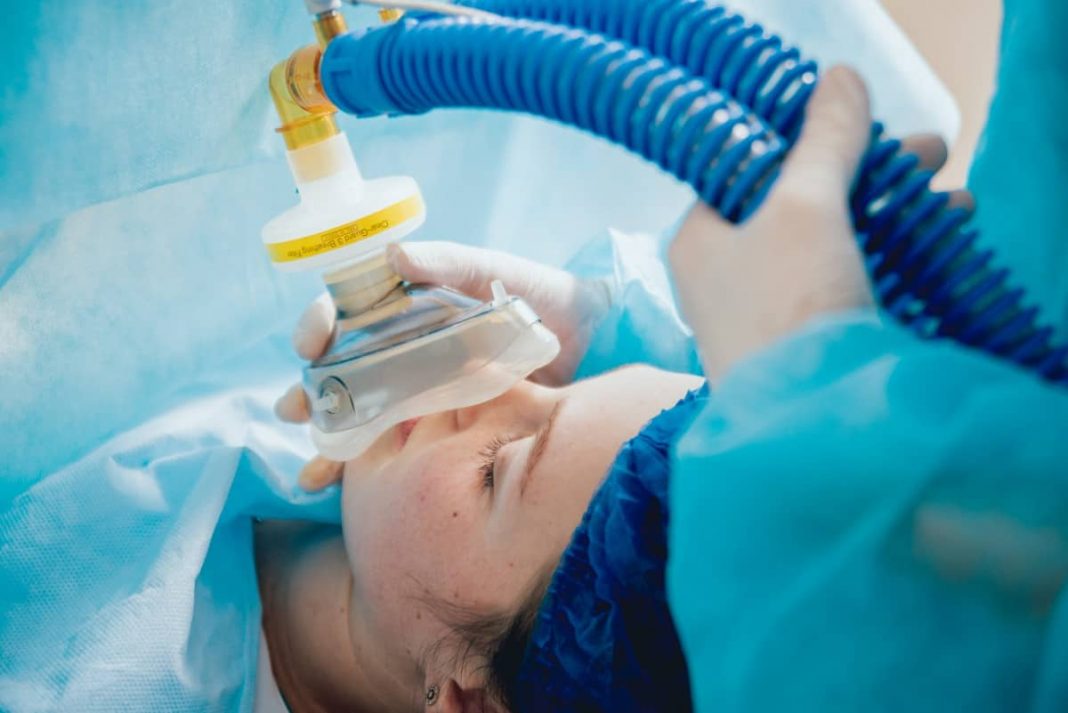If you have been in the unfortunate event of going under the knife, you probably didn’t notice the procedure until you were already recovering in your room. Going through any type of surgery or other medical procedures without having to feel the pain is caused mainly by the administration of anesthesia. This substance is induced by pharmacologically. Lack of sensation and responsiveness are to be expected from a patient induced with anesthesia.
Safety and Anesthesia
This procedure is definitely safe and reversible. Especially with today’s various medical advancements, it is said that there is greater risk in driving your way to the hospital than undergoing anesthesia.
An anesthesiologist evaluates a patient’s medical history, so as to provide customized care for each patient. Even when a patient is under trauma or involved in emergency situations that they cannot respond to queries, the anesthesiologist gathers as much data as he can about the patient.
In an operation, a number of drugs are used and each is customized for the patient using his age, weight, and other medical conditions, allowing the doctor to gauge the correct dose to use. Different monitoring devices are made available to doctors so they can see heart and brain activity which allows them to properly measure the amount of anesthesia needed by the patient. Contrary to what others might think an anesthesiologist ‘scare extends up to the patient’s recovery process. They also check if the patient needs further pain management, for any acute or chronic pain.
Types of Anesthesia
Regional anesthesia allows the blocking of nerves for a specific area of the body. This could be in combination with sedation drugs to induce sleep and to make the patient comfortable as the procedure is done. If you ever had to get any of your molars extracted, you must have undergone anesthesia.
Meanwhile, general anesthesia makes the patient unconscious and totally free of pain. Imagine having your heart fixed while you’re awake! More complex procedures require this kind of anesthesia.
Developments in Anesthesia
With the help of the ever-evolving field of medical technology, recent developments have surfaced in anesthesiology. First is the use of ultrasound in order to accurately determine where the anesthesia is to be administered.
Using ultrasound to locate the area that needs anesthesia makes the procedure 95% accurate, leading to lesser complications of a failed administration. This also makes it possible for kids and fragile patients to go through the process quickly.
Bottom Line
Another recent advancement in anesthesiology is the use of a video Laryngoscope. Once under anesthesia, anesthesiologists locate your vocal cords or larynx, so they can place a tube to help the patient breathe. In some cases, where patients are obese, this process becomes a difficult task. It then becomes time-consuming, challenging, and uncomfortable. Now with the help of a video Laryngoscope, this is made easier, allowing anesthesiologists to see the patient’s airway structures, which makes intubation for patients under anesthesia a whole lot easier. This discards any fear that the patient will be unable to breathe because of improper tube installation.
